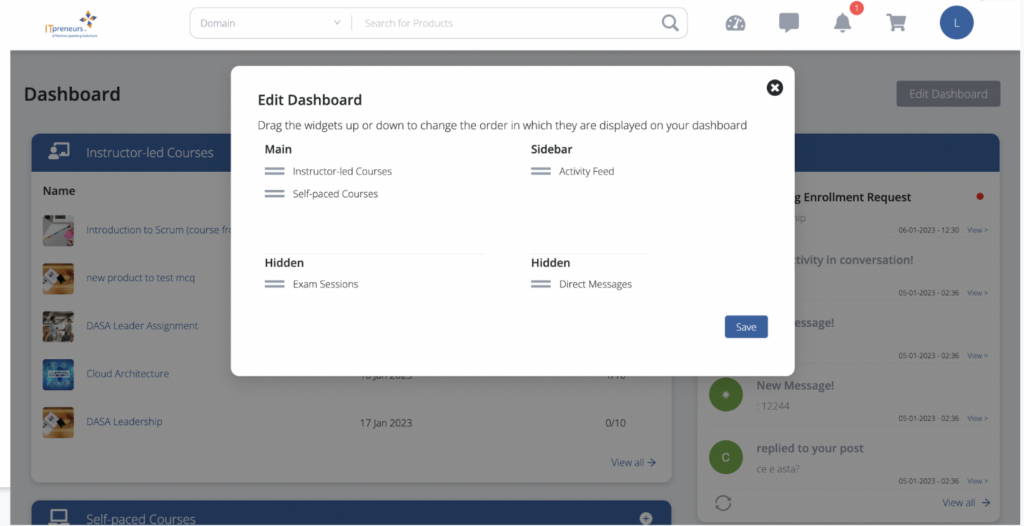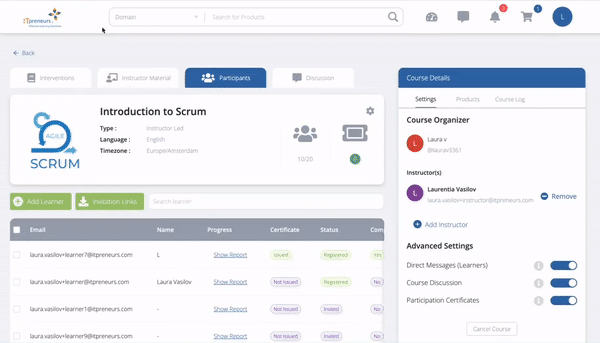The following figure shows the ITIL continual improvement model.
The ITIL continual improvement model, introduced in the ITIL Foundation and shown in the preceding figure, is a high-level guide that supports improvement initiatives. Using this model increases the likelihood of successful enhancement initiatives. The model focuses on service consumer value, links enhancement efforts back to organizational vision, and encourages an iterative approach to enhancement.
Each organization should adopt the model of continuous improvement to suit its own culture and goals. The model is designed to be flexible and simple, working well with traditional waterfall cultures and agile environments. It can be used as an aid to any improvement, but it is best applied to a specific improvement initiative; it is not designed for the whole organization to define an improvement strategy.
Since the journeys of improvement are not necessarily linear in nature, the model of continuous improvement is not meant to be rigid. Guiding those engaged in continuous improvement and helping them avoid wasteful mistakes is a framework. Change agents do not always complete one step before moving on to the next, and if necessary they can and should revisit earlier model steps.
Building the Foundation
The ongoing practice of improvement aligns the practices and services of an organization with changing business needs by continuously improving products, services, practices, and products, and Service Management.
Organizations are not entities that are static. It is important to search for another opportunity to improve and plan how to get there when one goal is met. This is true across organizations as many opportunities as there are for operational practices to improve leadership practices.
Continuous improvement is always important, and it is the responsibility of everyone. Anyone who contributes to the provision of a service in any way must constantly seek opportunities for improvement, as the scope of continuous improvement is the whole SVS.
Improvements can be made at any level, from individuals to teams and even at the level of the organization as a whole. A service desk operator, for example, may see an opportunity to improve the scripts used to collect customer and user information. In this case, the operator should work on improving the service desk practice with their manager. Nevertheless, individuals and teams involved in improvement initiatives need to understand what success will look like and help define and agree on the goals that need to be achieved in order to achieve that outcome.
About the author

As an IT Service Management trainer, consultant and line manager with over 25 years of experience in IT, Marcel has performed strategic and tactical assignments in a wide variety of areas. For the ITIL 4 update, Marcel has been part of the ITIL 4 Lead Architect Team and Review Team at AXELOS. Through his association with AXELOS, Marcel comprehends the background, the architecture, and the underlying reasons of the ITIL 4 update.
Related Courseware
Sorry, we couldn't find any posts. Please try a different search.




